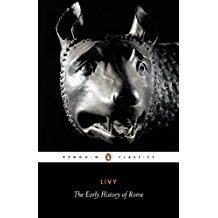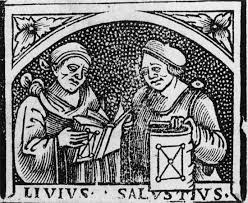Back to Course
How to Teach History
0% Complete
0/0 Steps
-
Lessons & Discussions
Lesson 1: What Is History and Why Study It? (Preview Content)3 Topics|1 Quiz -
Discussion 1: How to Teach History (Preview Content)1 Topic
-
Lesson 2: History and the Liberal Arts (Preview Content)3 Topics|1 Quiz
-
Discussion 2: How to Teach History1 Topic
-
Lesson 3: The Role of History in Classical Education4 Topics|1 Quiz
-
Discussion 3: How to Teach History1 Topic
-
Lesson 4: Problems in the Study of History4 Topics|1 Quiz
-
Discussion 4: How to Teach History2 Topics
-
Lesson 5: Developing as a Student of History3 Topics|1 Quiz
-
Discussion 5: How to Teach History (Preview Content)2 Topics
-
Lesson 6: Essential Qualities and Practices of a History Teacher3 Topics|1 Quiz
-
Discussion 6: How to Teach History1 Topic
-
Lesson 7: Important Books for the Study of History3 Topics|1 Quiz
-
Lesson 8: Major Historians Teachers Should Know2 Topics|1 Quiz
-
Lesson 9: Two Ancient Historians---Livy3 Topics|1 Quiz
-
Lesson 10: Two Ancient Historians---Bede3 Topics|1 Quiz
-
Discussion 10: How to Teach History2 Topics
-
End of Course TestEnd of Course Test: How to Teach History1 Quiz
Lesson 15,
Topic 2
In Progress
Images: Livy
Lesson Progress
0% Complete
In this lecture, Wes Callihan explores the thought and contribution of the great Roman historian Livy. Below are some images of Livy and his one extant book, The History of Rome or Ab Urbe Condita (which means “from the founding of the city”). Livy lived from about 59 BC to AD 17 and his book was likely written in his midlife.






